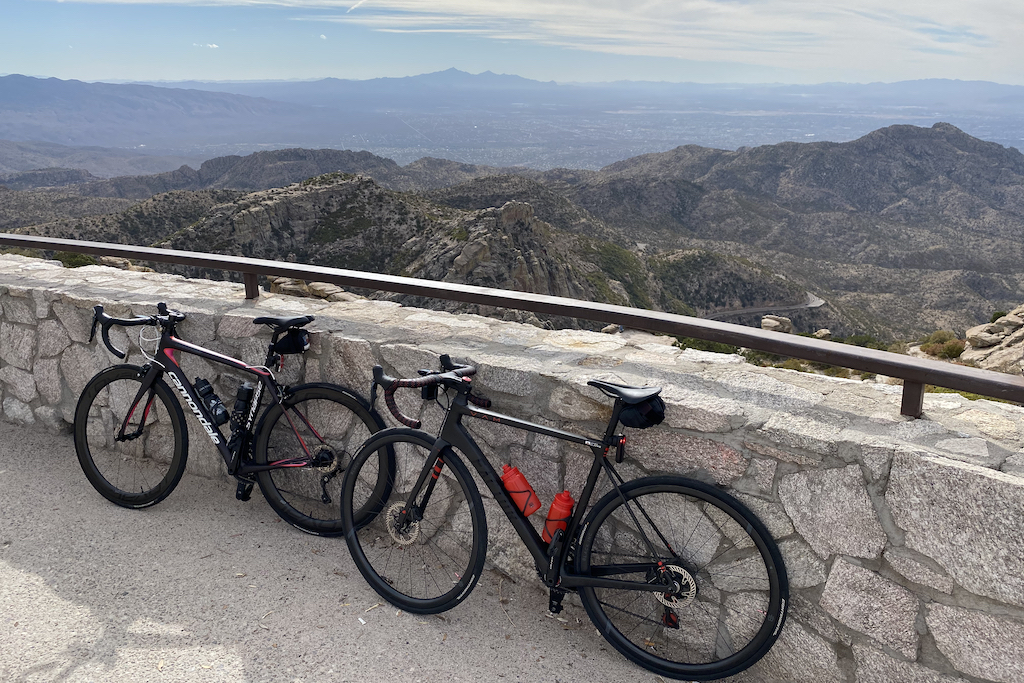
7 Minute Read

7 Minute Read
Yup. Tucson. I live in the Bay Area, but recently took the chance to head out east after seeing some family back home in San Diego. I had heard through my girlfriend and by keeping an ear to the ground that there was something abuzz over in Tucson, Arizona when it came to cycling.
Well, turns out there are several things. Mount Lemmon is one of them. It’s actually one of the main reasons why professionals are starting to come out to Tucson during their off season for some warm weather, winter desert training.
Besides the mountain itself, there are 131 continuous miles of perfect pavement around the whole valley, referred to as “The Loop”. There’s also some great coffee over at Presta and Le Buzz that specifically attracts cyclists before their rides. There’s also, you know, the entire Sonoran Desert, which, on its own, is one of the most unique and interesting places I think I have ever been.

Let’s just start off directly here, this mountain is no joke. But not necessarily for the reasons a seasoned cyclist may think. It’s actually quite a pleasant profile as far as epic mountain climbing is concerned.
The Strava segment shows an average 4.9% gradient over 21 miles. Yup, you read that right, this mountain climb is over 20 miles long, and ascends up a whopping 5400 feet, leaving you breathless at the top somewhere near 8200 feet above sea level. Plan for at least 2 1/2 hours of climbing time, depending on how fit you are and how acclimated to elevation you are.
But that being said, the gradient is 4.9% on the whole, and it really is quite steady all the way up.
There isn’t really a lot to be said here, specifically, as it’s basically just an out-and-back up Catalina Highway. Do yourself a favor, park with everyone else at the Safeway parking lot that is next to Le Buzz, and just head on up.
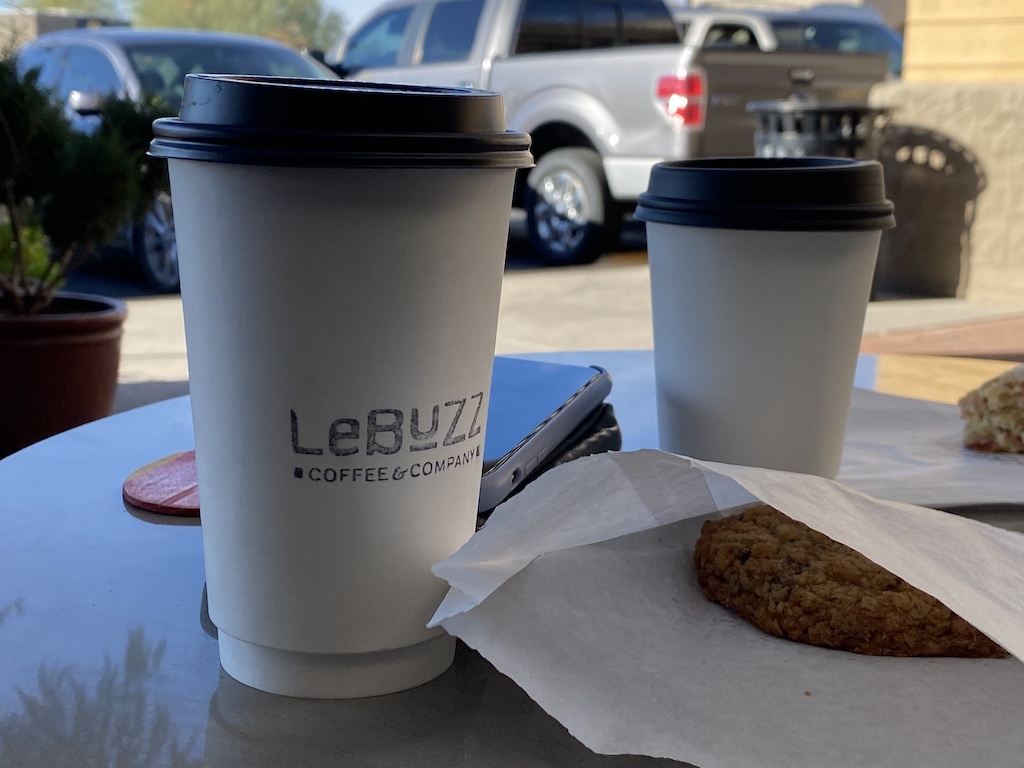
Don’t forget to grab a coffee before hand. The cafe has some great food options as well (breakfast burritos are a weakness of mine), and grab one of their cookies for a delicious snack on the road (I was surprised as how good it was).
There are a lot of online resources for this kind of information, a lot of which I obsessively read. All of it is great information, but I wanted to chime in with a few personal notes of my own.
This was the single biggest thing that affected my girlfriend and me on this climb. Turns out that we went to Tucson during a bit of a cold snap, so the earlier morning temperatures were actually in the upper 30’s and didn’t get too much beyond 55-60 most of the days that we were there. However, the first full day we had in Tucson was a bit more typical, with temperatures around 75 during the day. So we pushed our plans a bit ahead of schedule and immediately started our Tucson adventure going up its most iconic mountain.
When we started, the weather was 75 degrees of glorious Sonoran desert heat. By the time we were done, it was 44 degrees. The weather was also changing, so the wind was absolutely atrocious at the top (weather report claimed gusts up to 40 mph!). Not normal. I had brought many layers with me, most of which were a bit more on the lighter side (both in thickness and general weight) and I certainly used them all.

We saw several others climbing that day, many of which looked much more acclimated to the weather than ourselves, as they were not wearing leg and/or arm warmers, so I’m guessing they were pushing hard to keep warm as the temperature dropped and likely didn’t stick around too long at the top.
Most of my riding as been in California, and most of that riding tends to top out less than 5000 feet above sea level. This climb starts out at around 2600 feet above sea level and takes you up over 8200 feet, and it’s not something to take lightly. Even if you’re extremely fit, you may still experience what’s called generalized hypoxia, aka altitude sickness, depending on how fast you ascend and how hard you push.
Be acutely aware of how you’re feeling, and make special efforts to keep your breathing slower and deeper than what you may normally be used to. I grew up doing a lot of backpacking with my father, and this has been ingrained in me after having summited many 10k+ foot peaks over the years. It’s also easy to let anxiety get the best of you if you start to feel faint, which often will quicken your breath and make the whole situation worse.
Keep your cool, and back off the power and breathe more slowly if you start to struggle. There’s no shame in being cautious!
This follows suit with the previous point, but as the oxygen concentration gets less and less, you will find that your power threshold changes. So if you’re a numbers guy like me, who obsessively follows along what kind of current wattage I’m holding and for how long, it can either be disheartening or something that will end up hurting you later into the ride.
I’ve found that you should expect to see about a 10% reduction in power output as you get past the 5k or 6k feet marker just due to this point. I had actually forgotten a bit about this whole point until I got out there, as I had experienced it previously while riding around Lake Tahoe in Northern California, as well as (to a lesser extent) in the French Alpes.
Remember, this thing is 21 miles long. That’s a long climb. Doing Mount Lemmon really is more a marathon than a sprint, no matter how you measure it.
If you’re looking to really get a great time, I hear that it’s a good idea to hold back a bit until at least Windy Point. I assume by then you’ve somewhat acclimated to what you’re doing (it’s at 7000 feet above sea level), and the distance from there to the top is a bit more akin to other climbs that you may be more familiar with.
Oh and try not to confuse fatigue with the power reduction that occurs at higher elevations. Make sure you listen to your body and try to keep both of these points separate in your mind, as you may be tempted to push harder to overcome what feels like normal fatigue, instead potentially setting yourself up for generalized hypoxia, mentioned earlier.
Okay, so this isn’t really a unique challenge exactly, but you go through at least 4 separate temperate zones on the way up (which is amazing in and of itself), and the views get really quite incredible. You’re looking down on a literal desert valley through a bunch of cool pine trees!
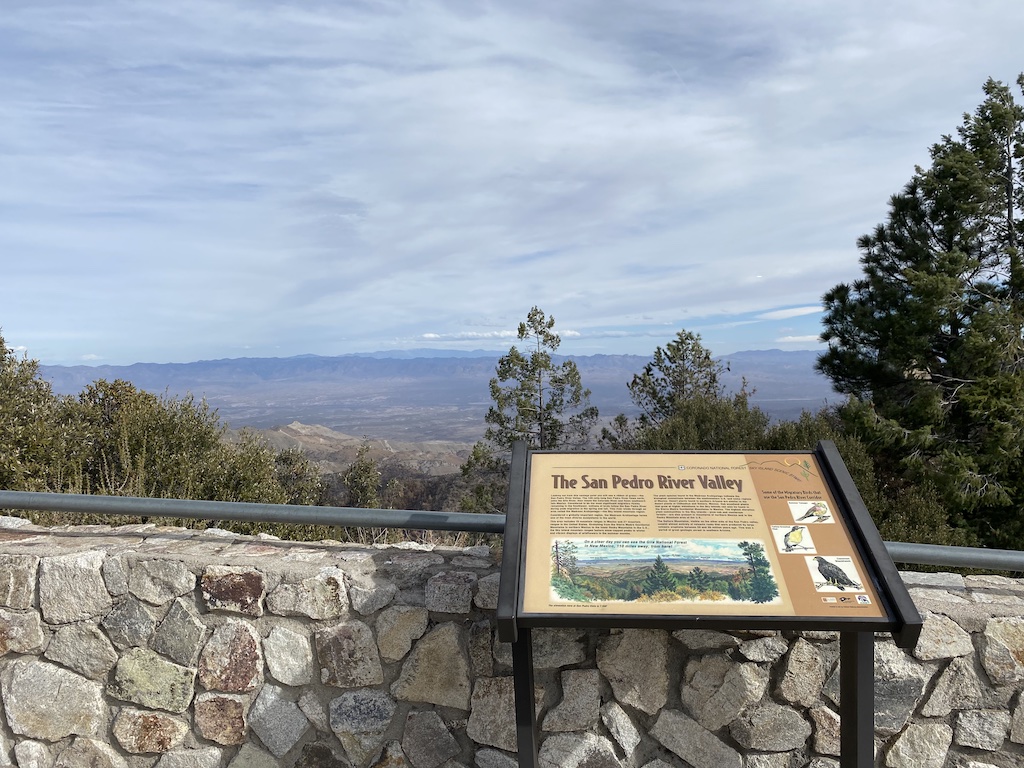
When you’re done, you get to descend this whole thing in all its snake-like glory. And due to the gradient being so consistent and not too steep, you can basically just coast all the way down without having to brake very much. It’s really quite remarkable. The road conditions are generally quite good, too, and meandering through red colored rocks and hoodoos is a very fun experience from the back of your bike, surrounded by the towering peaks that you were once towering over yourself.
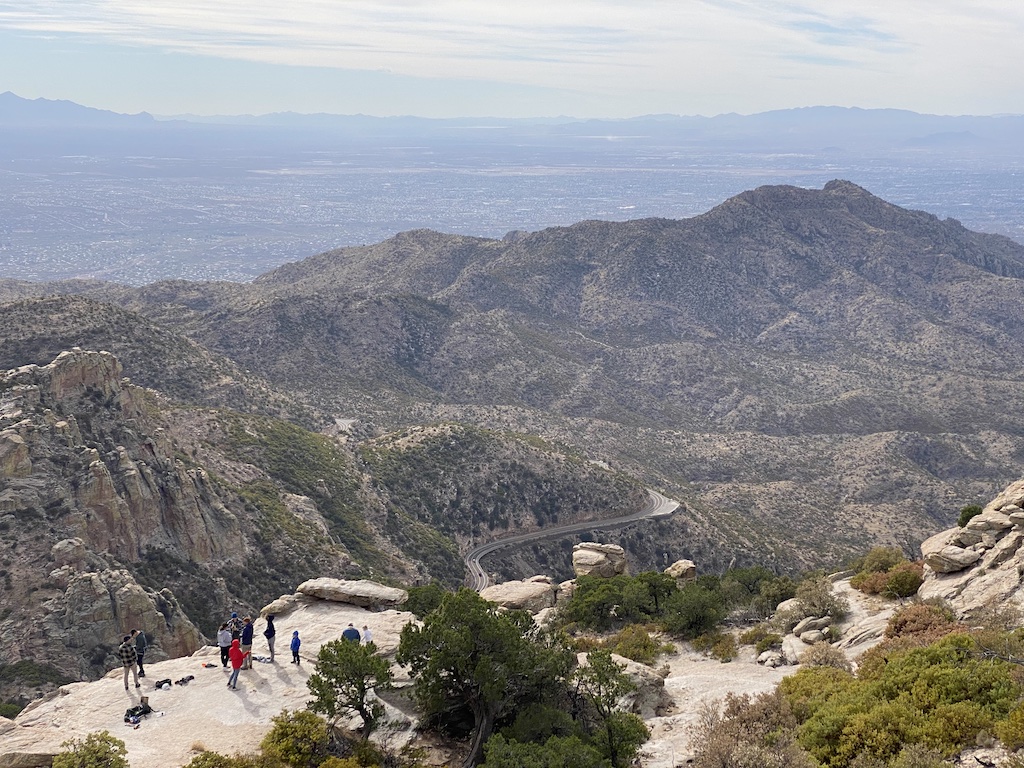
Given that the wind was so bad on the day we went up, I have mixed feelings on the descent generally. But don’t let that stop you from considering this ride! We could have likely avoided the majority of the wind had we gotten an earlier start that particular day. And other local riders have told us that wind is rarely an issue.
While this ride was more of a scouting adventure for both my girlfriend and me, it was still quite incredible. We are already planning to go back sometime to attempt it again.
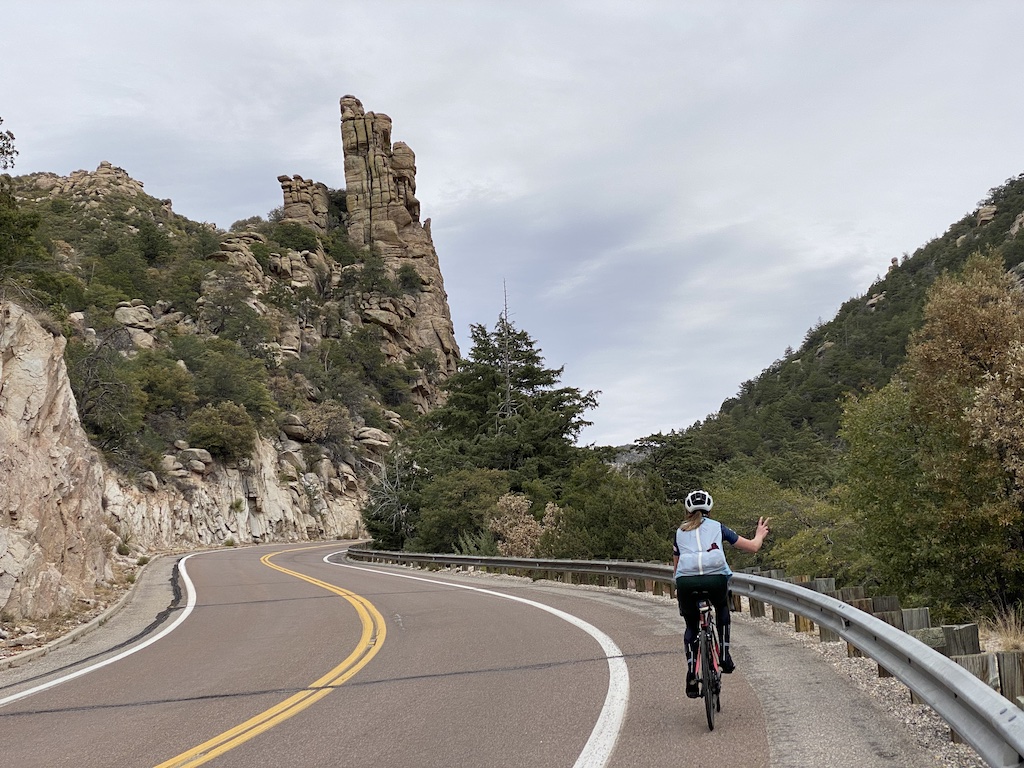
It’s no wonder this is a perfect training ground for professionals. It’s basically a European Alpe transplanted from Europe here to the states. In the desert, no less! It’s amazing to see the road just snake its way up the mountain, and then to see it fall behind you as you push ever onward up into the sky.
Just promise me to wave hello to all the saguaro cactuses you see for me. They’re a friendly bunch, as they’re always waving back at you!